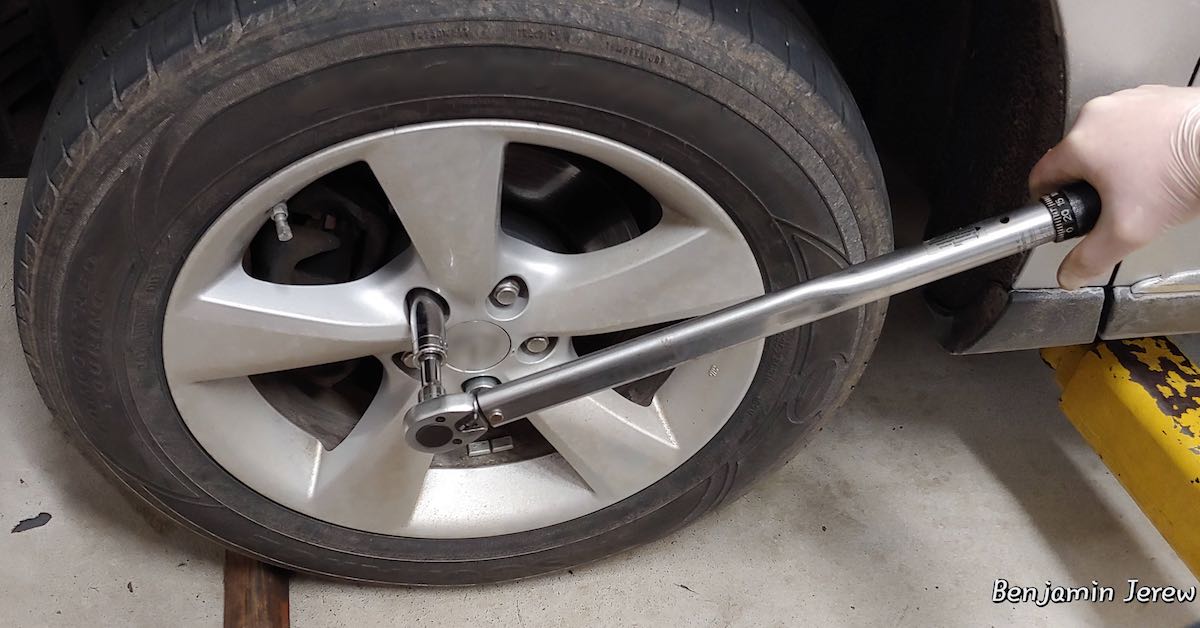It might appear the easiest thing anyone will ever have to do to your vehicle, but tightening the wheel locking or lug nuts can be quite difficult. However, similar to the vast majority of automobile parts, there are inherent nuances and elements you need to be aware of to avoid causing harm to your vehicle. It doesn’t matter if your vehicle uses wheels, lug nuts or bolts—both fasteners require adequate maintenance to avoid breaking. It is essential to exercise caution so that they don’t get stripped or cross-threaded. It’s not uncommon for wheel fasteners to get damaged in tyre retailers. Here are the five Helpful Tips for tightening wheel lug nuts.
Top 5 Helpful Tips for Tightening the Lug Nuts
● Check for Damage
Check to see whether the lug nuts, nuts, or bolts have been damaged while ensuring that the threading is clean. How much of the threading is damaged? You might need a replacement wheel stud or new bolts, depending on the one you already have. Please verify that the tires are always in good condition and that the surface where other wheels attach to the hub to ensure that it is clean and level. While the vehicle is still on the ground, you should loosen the fasteners for the wheels in preparation for removing them.
● Lift the Car Up
Before removing the wheels from the vehicle, ensure that it is in the Park position and that the brake is set. Raise the vehicle with the jack, and support it using jack stands. On the ground, you can do each of the fasteners individually at a time if all you want to do is retighten them.
● Install the Nut Manually
Hand-tighten the wheel lugs to secure them. Most manufacturers advise against applying any lubricant or anti-seize additive to the lugs. When you are satisfied that the wheel is properly seated on the hub, use your socket wrench to tighten the same wheel nuts to the point where the wheel is held securely. Follow a criss crossing pattern, being sure to turn the nut which is nearly precisely opposite from the one you just finished turning. As the nuts and bolts are tightened, this will guarantee that the tension delivered to the wheel is evenly distributed.
● Lower the Vehicle
Place the vehicle on its jack stands, lower it off the jack, and then engage the parking brake.
● Check Torque Specifications
Your owner’s or vehicle’s workshop manual should provide the wheel torque specifications. Make sure you pay attention to the units. Most torque wrenches sold in the United States measure in foot pounds (ft. lb.).
Conclusion
Wheel locks, also known as lug nuts, secure the wheel to the vehicle. It is essential to maintain lug nut tightness to prevent the car from wobbling, which can be caused by missing lug nuts. Removing and replacing the wheels on your vehicle will form one of the most common aspects of the routine maintenance that you perform on it. A wide variety of little and important activities can be started and finished by removing and reinstalling the wheels. One example of these jobs is changing a flat tyre, but many others exist.







